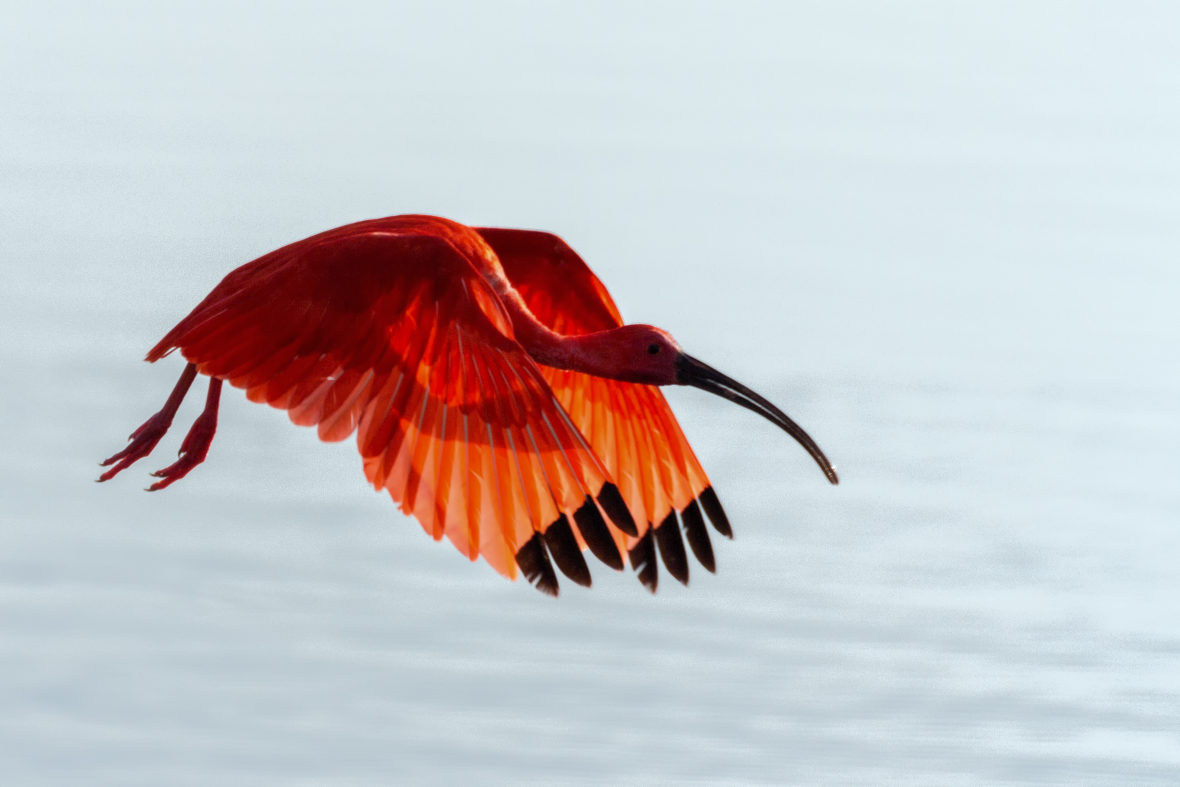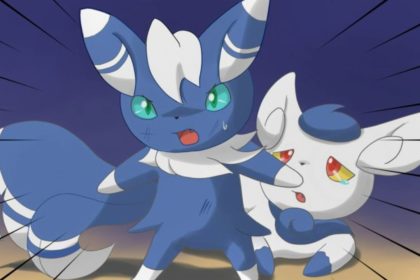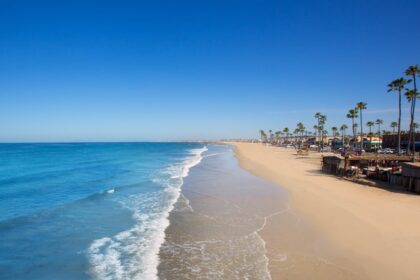Ibises are wading birds that belong to the family of spoonbills and ibises. There are 28 ibis species it the wild, though most of them inhabit that southern hemisphere. They like to live in salt marshes, swamps, tropical mangroves, areas near lakes and rivers, forests and mountain meadows. Take a look below for 24 more fun and interesting facts about ibises.
1. Water pollution due to pesticide, uncontrolled hunting and habitat destruction are some of the major threats to the ibis population.
2. The crests ibis and the northern bald ibis are on the list of endangered and critically endangered species.
3. Ibises can reach heights of between 18 and 41 inches. They can weigh up to between 0.6 and 4 pounds.
4. The smallest ibis species is the spot breasted ibis and the largest species is the giant ibis. Most male ibis species are larger than female species.
5. Their plumage can be white, black, brown, grey, orange, red, or pink, it really depends on the species, its habitat and the type of diet they have.
6. The orange and red color of their plumage can be a result of an algae and small crustacean based diet. This is because algae and small crustaceans are a rich source of carotenoid pigments, which will turn a bird’s feathers orange or red.
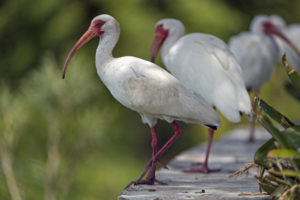
7. Their face and throat is usually featherless. The patches of bare skin will become a deep red color during their breeding season.
8. They have a long neck with large, down-curved, pointed bill, roundish body and long legs with partially webbed feet.
9. They’re diurnal birds, which means that they’re the most active during the day. They like to roost in trees and bushes during the night.
10. They’re omnivores, which means that their diet is plant and animal based. Their diet is made up of fish, frogs, shellfish, crabs, small reptiles, worms, bugs and small mammals.
11. Their long, curved bill lets them extract food from the mud. Their nostrils are at the base of their bill, which allows them to breathe even when their bill is submerged under water.
12. They’re a crucial part of ecosystems around the world because of their ability to eliminate pest insects from agricultural fields.
13. Ibises are gregarious birds that live, feed, roost and nest in colonies that are made up of hundreds or thousands of birds. They like to live in groups because of the protection they offer against predators.
14. Their natural enemies are foxes, cats, snakes and large birds of prey.
15. They’re not known as vocal birds, however, during breeding season they will produce various wheezing and squeaking noises.
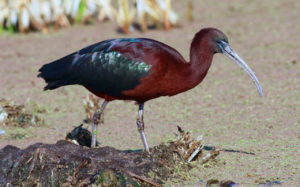
16. Female ibises will lay 3 eggs in their nests and both the male and female will take part in incubating the eggs. The incubation lasts between 20 to 30 days.
17. Ibis hatchlings are covered with black, brown or grey feathers. They’re born with straight bills. Young ibises will leave the nest about 28 to 56 days after they hatch.
18. Wild ibises live between 8 and 15 years, while captive ibises live up to 25 years due to having no natural predators.
19. The African sacred ibis was an object of religious veneration in Ancient Egypt. It was associated with the deity Djehuty, which is also known as Thoth. He’s responsible for writing, mathematics, measurement and time, as well as the moon and magic. In artworks of the Late Period of Ancient Egypt, Thoth was depicted as an ibis headed man writing.
20. In Hermopolis, ibises were reared specifically for sacrificial purposes and in the serapeaum at Saqqara, archeologists found the mummies of one and a half million ibises and hundreds of thousands of falcons.
21. According to local legend in the Birecik area, the northern bald ibis was one of the first birds that Noah released from the Ark as a symbol of fertility.
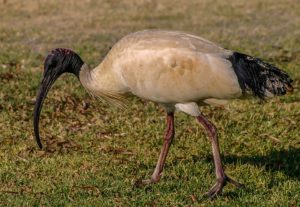
22. The mascot of the University of Miami is an American white ibis. The ibis was selected as the school mascot because of its bravery during hurricanes. According to legend, the ibis is the last sign of wildlife to take shelter before a hurricane hits and the first to reappear once the storm passes.
23. According to Josephus, Moses used an ibis to help him defeat the Ethiopians.
24. The African sacred ibis is the unit symbol of the Israeli Special Forces unit known as Unit 212 or Maglan.

